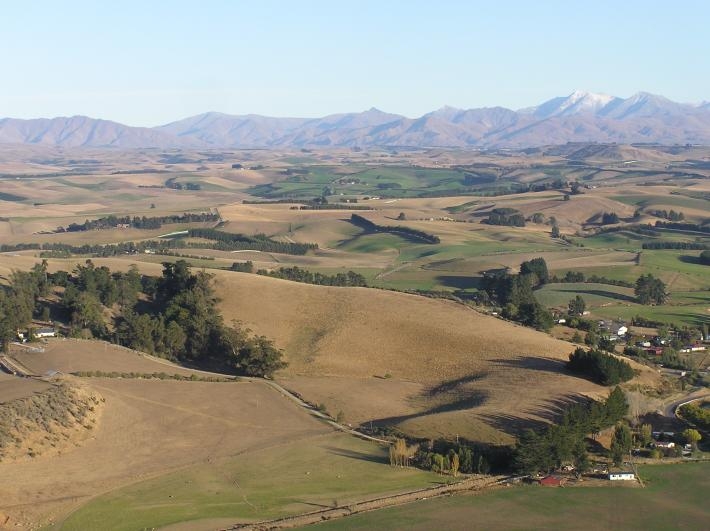
Farmers in many areas of NZ are getting nervous as the dry appears to be continuing. With commodity prices at record highs it would be a cuel irony if weather conditions prevented many farmers from capitalising on this situation.
Historically La Nina has brought dry weather to some areas and good rains to others, so opportunities for moving stock around to better feed have been possible.
Planning early is the key to minimising the losses, and even if it rains later, feed quality is then easier to store, and remaining stock can be carried longer.
Farmers are being advised to draw up contingency plans as summer approaches, a La Nina weather pattern grips the country and thoughts turn to drought. Bank of New Zealand head of research Stephen Toplis said the Southern Oscillation Index - calculated from the difference in pressure between Tahiti and Darwin - was historically consistent with drought conditions, particularly in dairy producing regions.
The nationwide drought between spring 2007 and autumn 2008 cost the economy $2.8 billion reports The NZ Herald. "People tend to look at agriculture in isolation but agriculture is a key driver of our macro-economic cycles," he said. Farmer co-operative Fonterra has said it was too early to discuss dairy production for this season, although BNZ was forecasting a rise of 4-5 per cent, having earlier been predicting 8-10 per cent.
Niwa climate scientist Andrew Tait said a large part of the North Island, including Taranaki, Waikato and Northland was significantly drier than normal in terms of soil moisture. Rainfall in October for the central North Island, Waikato, Taranaki, Auckland, Northland and north of the South Island was between 20-40 per cent of normal levels.
Moist, warm northeasterly winds under La Nina conditions in the past have brought good rainfall in Northland, Bay of Plenty, Gisborne and Hawkes Bay. Areas like Waikato and Taranaki during La Nina summers had a 50-50 chance of getting above normal rainfall, Tait said. "It's not unforeseen that a La Nina can result in dry conditions through summer for the Waikato but if you look back over the last 30, 40 years or so it's not every time."
"So farmers, if they're able to have some contingency plans in place for excess feed or de-stocking of some kind or other plans for reducing the burden of potential drought then this is the time that they could start to think seriously about those other contingencies." Federated Farmers Dairy chairman Lachlan McKenzie has sold about 30 cows from his farm near Rotorua because of the weather. "There's an awful lot of sheep farmers that I know of that have weaned their lambs off mum already and that's considerably earlier than what they'd normally do it," McKenzie said.
2 Comments
"Niwa climate scientist Andrew Tait said a large part of the North Island, including Taranaki, Waikato and Northland was significantly drier than normal in terms of soil moisture. Rainfall in October for the central North Island, Waikato, Taranaki, Auckland, Northland and north of the South Island was between 20-40 per cent of normal levels."
This is meanless drivel.
"Normal" over what period? The last year, the least decade, the last 4 decades, the last 100 years, the last 400 years? What?
This is NIWA, who no longer have an official NZ temperature record.
They have ruined their own reputation, and I no longer believe one word I hear from them, even if it is non-contenscious and very likely to be true.
Well from where I am sitting its as dry as I have ever seen it at this time of year. Rainfall for November has been non existent.
We welcome your comments below. If you are not already registered, please register to comment
Remember we welcome robust, respectful and insightful debate. We don't welcome abusive or defamatory comments and will de-register those repeatedly making such comments. Our current comment policy is here.